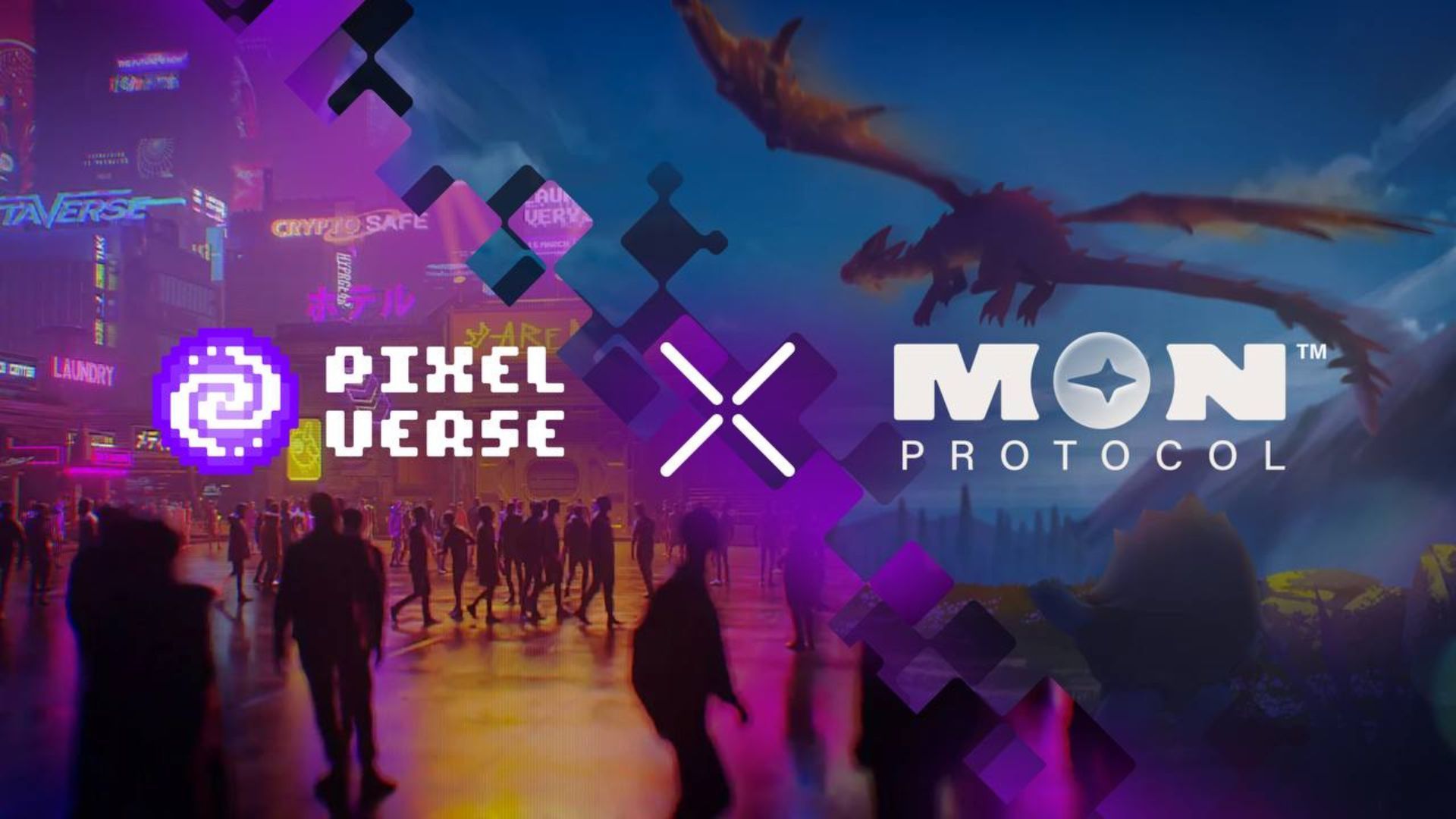Table of Contents
Source: Depositphotos
The Statue of Liberty was famously gifted to New York by France back in 1885, but the generous donation put local officials in an embarrassing situation. They had no money left in their public kitty to assemble and install the statue. Scratching their heads for a solution, one bright spark came up with the idea of public ticket sales - where people could pay ahead of time to climb all the way up to the top of Lady Liberty.
The idea was a big hit, with New York’s government raising more than $100,000 in ticket sales to fund the construction effort. It’s likely that this was one of the world’s first, and definitely most successful crowdfunding campaigns, and almost 150 years later, we’re still waiting for a comparable project to appear on Kickstarter.
Crowdfunding today has emerged as a mainstream trend. Hundreds of startups and even more established companies have turned to crowdfunding as a way to raise funding for new projects. The basic premise is that fans pool their funds together to provide the necessary startup capital, in return for some kind of benefit or reward.
It’s a hugely profitable business, with leading platforms like Kickstarter generating more than $50 million a year in revenue. One recent study by IMARC Group valued the global crowdfunding industry at more than $13.35 billion in 2021, and estimates that it will grow to over $25 billion by 2027.
Crowdfunding has created numerous opportunities for individuals and small businesses alike, but the existing model is far from perfect. One of the major criticisms of crowdfunding is its lack of transparency and trust. It’s an entirely centralized model, where companies like Kickstarter charge big fees and are trusted with raising, managing and then distributing the funds raised. Accessibility can be a problem too, with many projects and initiatives prevented from raising money through crowdfunding platforms.
Another issue is that the projects that raise money on legacy crowdfunding platforms are centralized too. Those who fund them have to trust in the organization to follow through on its promises. As a result, many projects on Kickstarter and Indiegogo have failed to meet expectations.
Blockchain To The Rescue
To fix these deficiencies, some new crowdfunding platforms are embracing blockchain technology to increase transparency and trust in the projects they promote, and they’re getting a lot of attention from Web3 startups looking to build the next-generation internet.
Web3 has a lot of commonalities with crowdfunding. The vast majority of Web3 initiatives are created with the support of their communities, who very often invest in the projects they love by holding their native cryptocurrency tokens.
Uplift DAO is one of a new breed of crowdfunding platforms built on the blockchain, creating unprecedented accessibility and transparency for investors and founders alike. Because everything is based on the blockchain, each step of the crowdfunding process - fundraising, escrow and disbursement - is completely transparent, publicly verifiable and traceable. There’s no central authority that has to be trusted to manage the funds that are raised. Instead, smart contracts are used, and startups can only access their funding once certain goals have been achieved.
Governance is carried out by a decentralized autonomous organization, so each project that’s listed on Uplift DAO is heavily scrutinized by the community first. Each project’s use case, technology, founders and goals will be investigated to ensure its product is a viable one. This reduces the risk of investors losing their money. Accessibility is another priority of Uplift DAO. Investors are required to stake just 100 LIFT tokens, around $3.60 in “real money” terms at the time of writing. Having staked that very small amount, investors are free to put the rest of their cash into the actual projects they want to back.
Uplift DAO launched in November 2021 and has already helped a number of interesting projects to get off the ground through community-based funding campaigns. Its most successful project to date is YouMinter, an NFT minting and sharing platform, which raised 450,675 BUSD last December. This was followed by a 200,000 BUSD raise by the play-to-earn gaming platform NFT4Play in February. More recently, Chirpley, the world’s first automated, peer-to-peer web 3.0 influencer marketplace, raised 50,000 BUSD through Uplift DAO.
Investors feel Uplift DAO’s projects are safe bets because the support doesn’t end with the fundraising. Unlike centralized crowdfunding platforms, where startups are left to their own devices once the money has been secured, Uplift DAO provides ongoing assistance via marketing and access to a network of developers and influencers. It creates some very compelling network effects that can help to increase a project’s prospects and ensure early investors are rewarded.
As the crowdfunding industry continues to accelerate, decentralized platforms like Uplift DAO are poised to play a much bigger role in its growth, especially in the emerging Web3 space that prioritizes decentralization. Uplift DAO enables projects to raise capital in a transparent, trustless way with minimal risks and no dilution of equity. Moreover, founders can tap these investors to build strong, vibrant communities to help their projects succeed.
With greater inclusivity and transparency, Uplift DAO is empowering developers to create exciting new projects that wouldn’t otherwise be possible. Kickstarter, Indiegogo, GoFundMe - they had better watch out, for Web3’s disruption of the crowdfunding space has already begun.
Disclaimer: This article is provided for informational purposes only. It is not offered or intended to be used as legal, tax, investment, financial, or other advice
Investment Disclaimer













